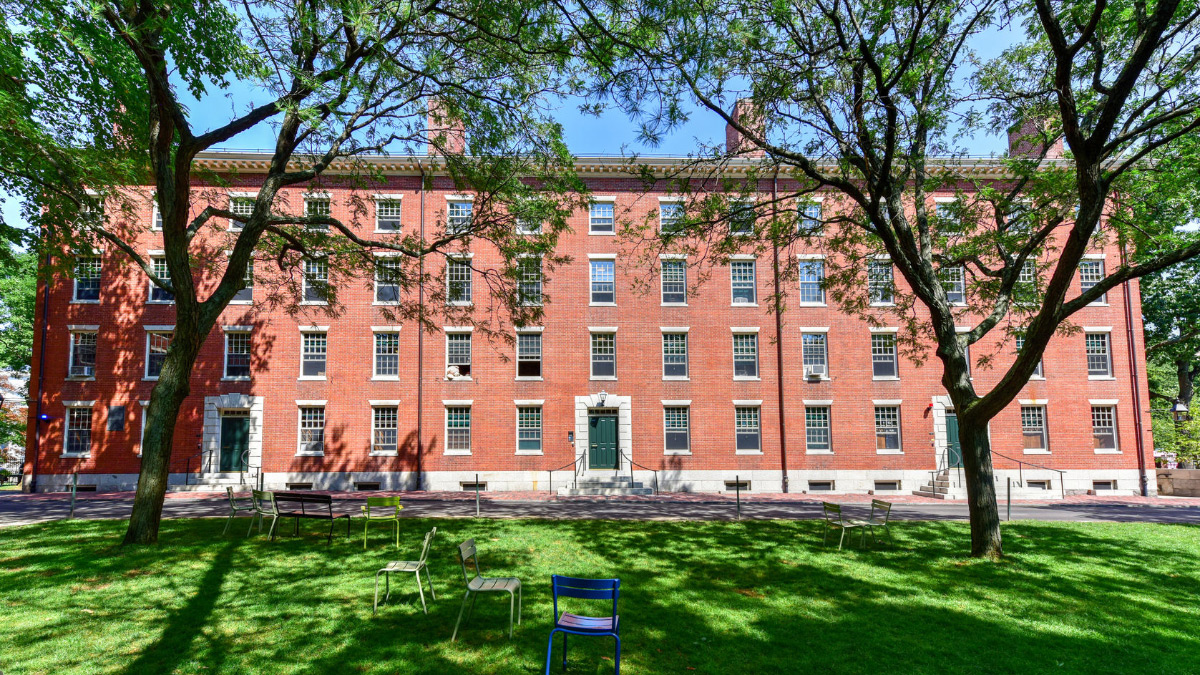Universities exist primarily to expand and disseminate knowledge, ideas, and artistic works. In most international universities, if a prospective student asked, “What does a university dormitory room cost?” the admissions staff would look puzzled, saying, “We don’t provide housing for our students.” Not in the U.S. In fact, many American universities require most students to live for at least a year or two in housing owned and typically operated by the institution. To a considerable extent, universities act like monopolists requiring customers wanting their primary service, instruction, to buy another one of their services, campus housing (and usually food as well).
Why? There are two competing explanations. The first, often articulated by the schools themselves, is that young, often still somewhat immature, students need help in transitioning to life away from the family, requiring some supervision of conduct. They also often need assistance in finding students with similar interests, for example through dormitories where students share a common major (sometimes dubbed “learning communities”). Some argue that research suggests students living in university dormitories do better academically than those fending for themselves in outside housing.
The alternative, decidedly more cynical explanation, is that universities are hungry for revenues these days, and by forcing students to pay above market rates for housing that is generally less appealing for them, they can augment revenues without formally raising tuition fees—it is a stealth, less transparent way of raising student costs of college attendance. Moreover, the old notion that university dorms protect students from immature behavior through supervision under the old doctrine of in loco parentis probably has less validity these days; in a era of lax behavioral standards, schools rarely impose meaningful curfews and permit the intermingling of the sexes in dorms, once strongly prohibited (perhaps contributing to reported instances of sexual abuse).
The empirical evidence seems to more clearly support the second interpretation. Campus housing prices have risen far more than the price of housing generally. For example, one 2014 study showed that from 1976 to 2013, the inflation-adjusted rate of increase in public four year college housing prices was about 72%, compared with less than five percent for housing in the broader economy. The same thing can be said with respect to food—campus board rates have risen more than prices of food in restaurants or grocery stores. While a partial explanation might be that the quality of housing and food on campus has risen relative to that in the broader economy, the massive increases in rates suggest the universities are ripping their students off by using their monopoly power to extort high room and board charges.
A faithful reader of this blog, an attorney and scholar from Toledo, Ohio, Dr. Douglas Oliver, has provided additional ammunition relating to this perspective. Joseph Batdorf reports on a survey of 7,000 students done for Multifamily Executivemagazine, concluding “one thing is pretty much clear: the dorm days are over.” Kids simply do not like the regimented dormitory life with little privacy (especially no private bathrooms) as much as that found in more typical apartment-like outside housing.
As some universities face revenue pressures from dwindling or stagnant enrollment, but also high bond payments and other fixed costs on their aging unappealing dorms, they are rigorously enforcing rules that freshmen (and often sophomores) must stay in university facilities. In Ohio, some state universities seem to be flouting state law by forcing some students living within commuting distance into dormitories.
Moreover, as Dr. Oliver points out, the evidence that university housing provides superior outcomes is highly suspect. Much of it suffers from “the typical problems associated with much social research: selection bias, sample size, and correlation vs. causation.”
Compounding the fiscal felony, colleges have responded to waning demand for their housing by building ever more expensive fancy facilities. Sometimes new housing costs well over $100,000 a bed (it would be cheaper to put students into $300,000 four bedroom homes). If universities would concentrate more on Job One—education—and less on the costly peripheral activities that have nothing to do with learning, American education would be better and ultimately cheaper. Maybe the time has come to incentivize colleges to concentrate on education, for example, by requiring them to pay property taxes on housing facilities, and disallowing the sale of tax-exempt bonds to finance new dorms. Perhaps then universities will let private entrepreneurs with specialized expertise in housing give students what they want for fewer dollars.













